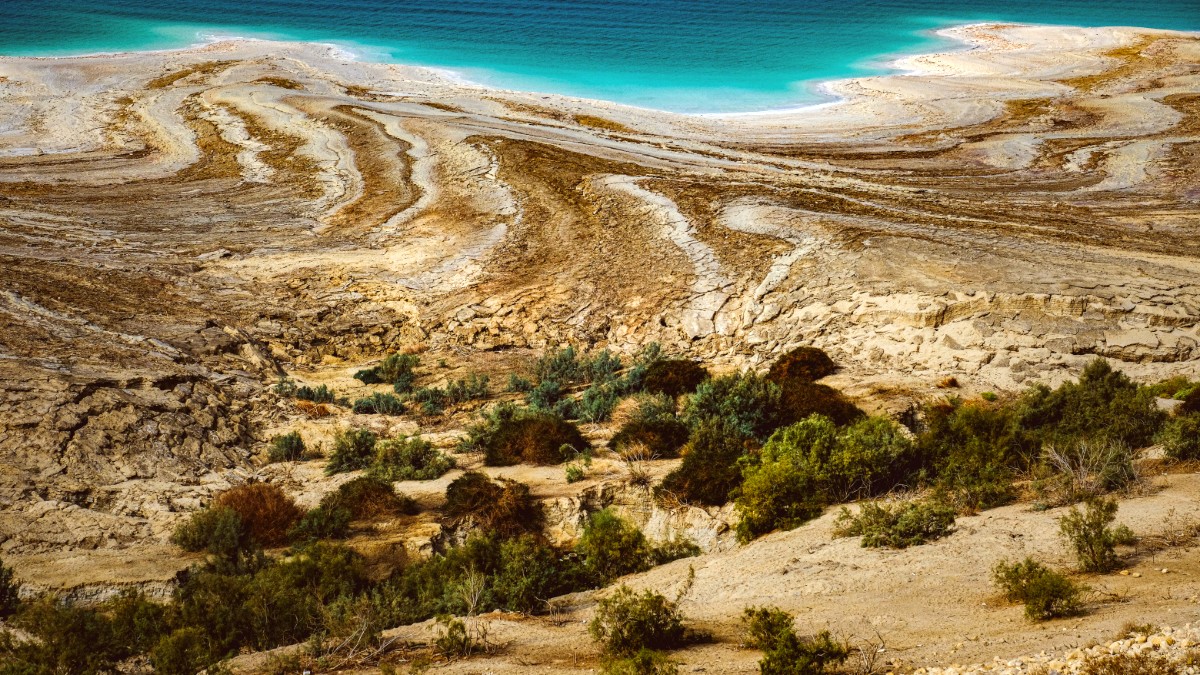
Public transportation in the Dead Sea region mainly consists of bus services, connecting resort areas to larger urban centers. No metro or tram systems directly serve the Dead Sea area itself.
Planning trips in advance, especially for weekend travel in Israel, is good practice due to reduced services. Confirm bus stops and times with local staff or at the bus station to avoid confusion.
Bus services operate from early morning until late evening. Expect reduced service on weekends and Jewish holidays in Israel.
Modern Egged buses in Israel show increasing accessibility. Older buses and local minibuses may not be accessible. JETT buses are generally not wheelchair accessible.
Utilize apps like Moovit (for Israel) for real-time bus schedules and routes. This aids planning and anticipating delays.
Israel: white with yellow roof sign. Jordan: yellow cabs.
On the street, at stands, or via apps.
Israel: Meters mandatory. Jordan: Negotiate or insist on meter.
Cash preferred; some taxis/apps accept cards.
While public transport and taxis serve the region, a rental car offers maximum flexibility for independent exploration. Other rental types are less common.
Less common in the Dead Sea region.
Generally not recommended for touring due to long distances and high-speed roads.
Hot desert conditions make them less practical.
While a rental car is often the most practical option for covering distances, walking and cycling have their place for specific activities and localized areas.
For comprehensive regional exploration, a rental car offers the most flexibility.
For resort-based stays or day trips, buses and taxis present viable choices.